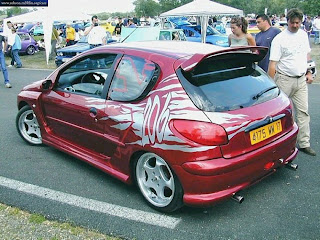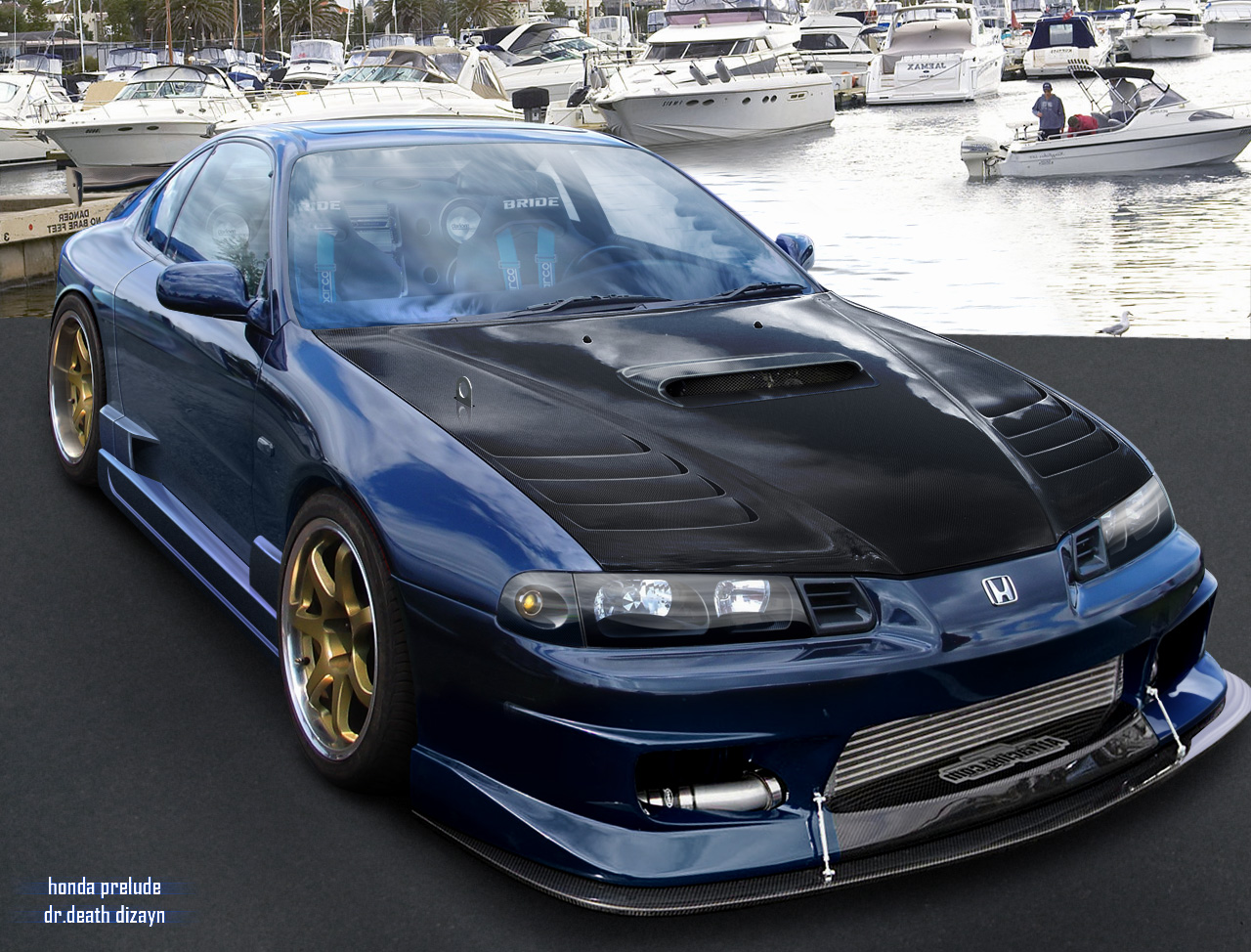It's tough at the top... But that hasn't stopped the Peugeot 206 from enjoying seven years and half-a-million sales at the head of the supermini class. Smart looks and a huge choice of engines and bodystyles mean the British-built challenger is still fashionable, despite its advancing years.
Great diesel engines, a practical SW-badged estate and a coupe-cabriolet are all part of the appeal of the varied range. However, buying one isn't without pitfalls. Here, we check out the major factors to consider when splashing out.
Spare wheel: make sure there's still a spare wheel underneath the boot floor. It should be held in the cradle, but these items are easily stolen. If you want to keep your spare then buy a £40 lock, which should mean it's there when you need it.
Instruments: indicator stalks are prone to breaking on post-July 2001 cars. They were often forced by ham-fisted owners, so check they are still working. Stronger parts were used from January 2003, so later 206s should be fine.
Engine: mounts often fail on 1.4-litre petrol variants, while all models in the range are prone to lower balljoint wear in the front suspension - which is an MoT failure point. Electronic management systems can cause trouble with automatic gearboxes.
Central locking: if water gets into the control box, which is located in the footwell, the central locking system is known to fail. Examples produced before spring 1999 are the worst affected by this problem, so check potential buys for water ingress.
Practicality: five-door models fetch a small premium. Expect to pay £150-£200 extra, although sporty GTi (left) is three-door only. Lower-spec cars get a sunroof instead of air-con - but check these for rattles as they're impossible to fix.
Sept 2000: Side airbag deployment.
Jan 2001: Front suspension problems.
Nov 2001: Passenger airbag concern.
Feb 2002: Seatbelt anchor concern.
May 2002: Ignition key may foul the steering column cowling.
Nov 2003: Handbrake linkage (Sept 1998-Feb 2002).
May 2004: Rear spoiler may detach (206 SW from Nov 2001-Oct 2003).
May 2004: Potential problems with the throttle body (Jun 2004-Apr 2004).
Sept 2004: Starter motor wiring loom issues (Jun 2004-July 2004).
Apr 2005: Possible seepage from the diesel fuel return pipe (HDi models).
Great diesel engines, a practical SW-badged estate and a coupe-cabriolet are all part of the appeal of the varied range. However, buying one isn't without pitfalls. Here, we check out the major factors to consider when splashing out.
What to look for
Peugeot's diesels are highly acclaimed, but avoid the unrefined 1.9-litre - available from October 1998 to November 1999 - as the 2.0 HDi which replaced it is much better. Post-January 2000 cars got a three-year warranty. Don't pay too much for special editions; these often offer little more than a fresh paint job and a better stereo over standard trim. And don't think the 206 CC is a four-seater - space is minimal in the rear.Recalls
May 2000: Fuel filter leak (Cars built from Sept 1998-Sept 1999).Sept 2000: Side airbag deployment.
Jan 2001: Front suspension problems.
Nov 2001: Passenger airbag concern.
Feb 2002: Seatbelt anchor concern.
May 2002: Ignition key may foul the steering column cowling.
Nov 2003: Handbrake linkage (Sept 1998-Feb 2002).
May 2004: Rear spoiler may detach (206 SW from Nov 2001-Oct 2003).
May 2004: Potential problems with the throttle body (Jun 2004-Apr 2004).
Sept 2004: Starter motor wiring loom issues (Jun 2004-July 2004).
Apr 2005: Possible seepage from the diesel fuel return pipe (HDi models).





















































